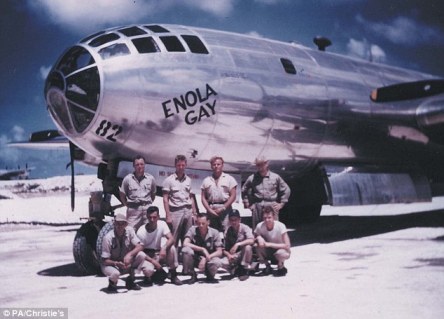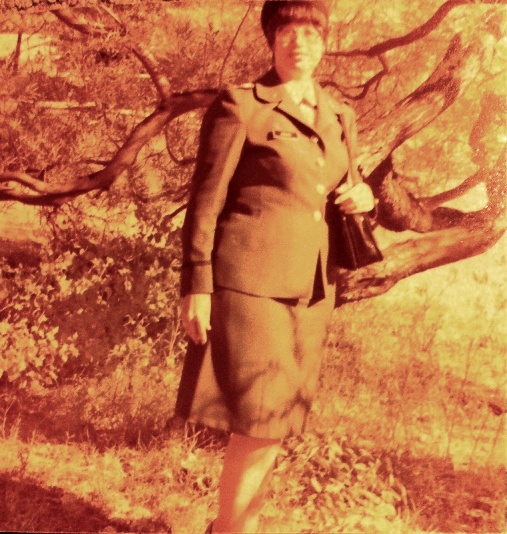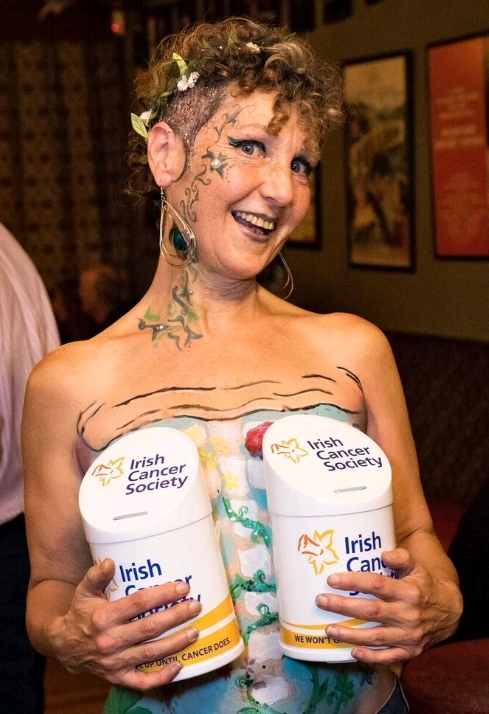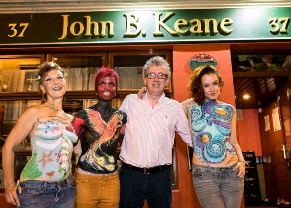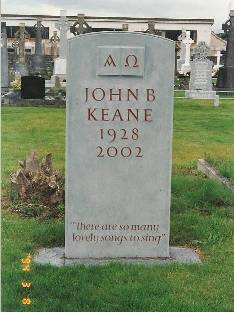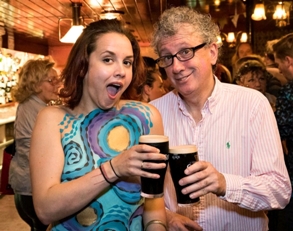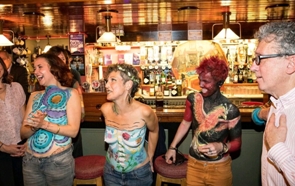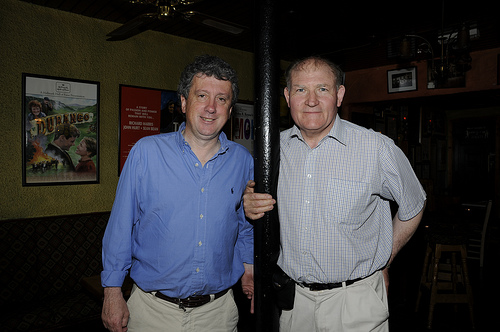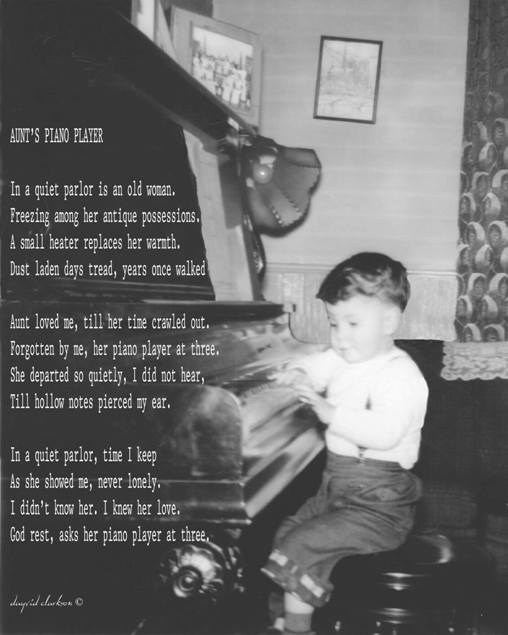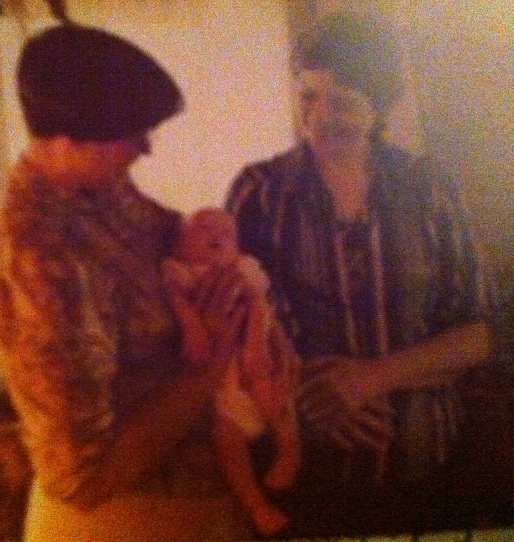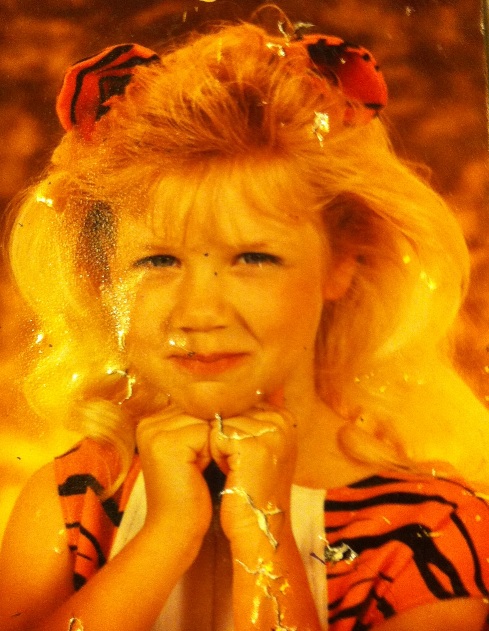A Remarkable Life – The Story of
Ruth Margaret Muskrat Bronson
Born: 3 October 1897, Grove, Indian Territory (now Oklahoma)
Died: 12 June 1982, Tucson, Pima County, Arizona
The story of Ruth Margaret Muskrat Bronson is intertwined
with the history of the Indian Territory where she was born. Her
heritage – the land where she was born and its history – inspired her
life’s work. The Indian Territory was an area of land known by a number
of differing titles as its use and various Acts of Congress as well as
treaties affected its boundaries, the laws governing its use, and the
indigenous peoples of our country who would become its inhabitants.
History of the Indian Territory, in part:
The land encompassing the Indian Territory was originally a
much larger tract of land “the British government set aside for
indigenous tribes between the Appalachian Mountains and the Mississippi
River in the time before the American Revolutionary War.” (SOURCE:
https//en.wikipedia.org/wiki/Indian_Territory)
Use of this area of land mirrored the concept of aboriginal
peoples who were present in America at the time of European immigration
and for thousands of years preceding that time as being “savages” or
“barbarians” incapable of governing themselves, a danger to all
settlers, and a scourge to be wiped out or, at minimum, isolated,
defanged, and tightly controlled. Thus, these Native Americans were
systematically ill treated by colonists and their governing countries,
their land routinely taken from them by negotiating treaties (that were
never honored), and their peoples prompted to move from their
traditional homelands to the as yet unpopulated or sparsely populated
territory “out West.”
After the Revolutionary War, the newly formed United
States dealt with the Native Americans in varying ways – dependent upon
the allegiances shown by each tribe during that war. Those who aligned
themselves with the Brits became the target of vengeance. However, those
tribes who had fought alongside the rebellious colonists were,
likewise, mistreated. For, in fact, few of the European immigrants were
willing to permit the indigenous tribes to continue life as usual.
The solution for the problem of “how to deal with the
Indians” became that of “Indian Removal” – the systematic stripping of
each tribe’s land, their farms, livestock, and goods and various means
of forcing their removal to the Indian Territory. The United States took
control of the ownership of lands by legislating the need for
governmental approval of any sale thereof. From the time of the
Revolution until 1834, this was accomplished by Acts of Congress. Five
such Acts were passed between 1790 and 1802, and then the almost
identically worded Act passed in 1834:
The 1834 Act, currently codified at 25 U.S.C. § 177,
provides:
No purchase, grant, lease, or other conveyance of land, or of any title
or claim thereto, from any Indian nation or tribe of Indians, shall be
of any validity in law or equity, unless the same be made by treaty or
convention entered into pursuant to the constitution.
The first of these Acts passed in 1790 prompted this
promise from President George Washington to the Seneca Nation of New
York:
“I am not uninformed that the six Nations have been led
into some difficulties with respect to the sale of their lands since the
peace. But I must inform you that these evils arose before the present
government of the United States was established, when the separate
States and individuals under their authority, undertook to treat with
the Indian tribes respecting the sale of their lands. But the case is
now entirely altered. The general Government only has the power, to
treat with the Indian Nations, and any treaty formed and held without
its authority will not be binding. Here then is the security for the
remainder of your lands. No State nor person can purchase your lands,
unless at some public treaty held under the authority of the United
States. The general government will never consent to your being
defrauded. But it will protect you in all your just rights.”
This promise, as would almost every single future assurance
by the United States government to the various tribes of Native
Americans, would not be honored.
Ruth Margaret Muskrat Bronson’s family history:
Ruth Muskrat was the fourth child of seven children,
and second daughter of four daughters of James Ezekiel Muskrat (b. 2 Jul
1856, Delaware District, Cherokee Nation, Indian Territory and d. 15
Jun 1944, Grove, Delaware County, Oklahoma, United States) and his wife
Ida Lenore Kelly (b. 31 Mar 1870, Vernon County, Missouri and d. 23 Jun
1956, Grove, Delaware County, Oklahoma). Of this union, the seven
children were: Maud Dorcas Elizabeth “Maudie” (1890-1970); Jacob Claude
“Jake” (1892-1939); Harvey Robert (1895-1980); Ruth Margaret
(1897-1982); Ruby Jewel (1900-1987); Thelma (1902-2005); and Truman
(1904-1907).
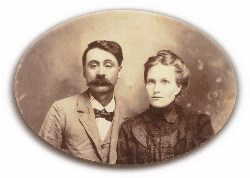
Photograph of James Ezekiel Muskrat and wife Ida Lenora Kelly Muskrat, taken about 1887.
Ruth’s great-great-grandfather was known as Wa-sa-tee or
Wu-so-di, also called Muskrat (Muskrat, in the original Cherokee or
Tsalagi syllabary created by Sequoia, was spelled se-la-gi-s-qua or
se-la-qui-s-gi). He is believed to have been born in the lands of the
Eastern Cherokee, now known as the State of Georgia. When gold was
discovered on the lands occupied by the Eastern Cherokee, there was
immediately a move to take the land and cheat the Cherokee of what was
rightfully theirs. Thus, the forcible removal of all households known by
various Census enumerations to be headed by a Native American male,
whether or not the wife was Cherokee or White. (Interestingly, those
households headed by White males with Cherokee wives and mixed blood
children were permitted to stay; thus, forming the initial population of
the Eastern Cherokee.
This event would have long-lasting repercussions for
the Cherokee. The disagreement as to strategic planning that arose
between tribal members faced with the prospect of being forced from
their tribal lands led, eventually, to an internal civil war and the
Muskrat families were right in the midst of it all.
On one of the many Indian census enumeration that
occurred through the decades, the Drennen Roll taken 1851, the family of
Jackson Muskrat (Group number 131, former Dawes family identification
number 4270), appears on the same page, opposite column as the family of
the very famous Cherokee, Stand Watie, (Group number 123.) For those
steeped in Cherokee history, the name of Stand Watie signals the stuff
of legends, along with such names as John Ross and Ned Christie.
Stand Watie and John Ross supported opposing strategies
for dealing with the United States government’s intent to forcibly
remove the Eastern Cherokee from their homes. Watie felt it was
expedient to negotiate and secure treaty considerations that would
provide legal standing for the tribe. John Ross wished to refuse to
negotiate and confront the government forces directly. Ultimately, many
of the Cherokee families sided with Watie and ceded their lands (the
Treaty of New Echota signed in 1835). They were paid ridiculously small
amounts and the future considerations failed to equal the value of the
properties ceded. This resulted in a split in the tribe and lingering
hatred. Those Cherokee who sided with John Ross refused to ratify the
Treaty. Watie and his group removed peaceably to the Indian Territory,
joining with those who had relocated in 1820 (known as the “Old
Settlers”). In 1838, the government forcibly removed those remaining in a
journey fraught with horrors, known as the “Trail of Tears.” This group
of Cherokee were forced from their homes and permitted to take only a
few items of their household treasures with them. Their farms, homes,
barns, livestock, household goods, monies were left behind. They were
forced to walk without regard for their age (very young or very old),
their health, or their abilities. They were provided inadequate food and
water and no suitable cold weather gear. Many starved, froze to death,
or fell prey to fatal illness. More than 4,000 died.
In 1839, a group of those opposing the Treaty mounted
an assassination attempt and managed to kill all the leaders who
supported the Treaty except for Stand Watie. In 1842, Stand encountered
one of the men who had killed his uncle. Watie killed him. In 1845,
Stand’s brother Thomas was killed in retaliation. (SOURCE:
https://en.wikipedia.org/wiki/Stand_Watie)
The Civil War renewed the festering hostilities when
Stand Watie joined the Confederacy and John Ross fought with the Union.
(Stand Watie was one of only two Native Americans to attain the rank of
General during that war, and he was the only Native American Brigadier
General.) Post-War, the government was faced with a request by Stand
Watie, who had served as Principal Chief during the hostilities, to
affirm his position and work to mend peacefully the fracture between the
warring Cherokee factions. The government chose to support John Ross
since he had fought for the Union. Watie was defeated, Ross was named
Principal Chief, and the controversies merely lay dormant and not
finally settled.
Ruth Muskrat Bronson’s grandfather, Jacob Ezekiel Muskrat, fought with Stand Watie’s Confederate troops.
(U. S. Confederate Service Records, 1861-1865: Name: J Muskrat
Military Unit: First Cherokee Mounted Volunteers (Watie's Regiment,
Cherokee Mounted Volunteers; 2d Regiment, Cherokee Mounted Rifles,
Arkansas; 1st Regiment, Cherokee Mounted Rifles or Riflemen)
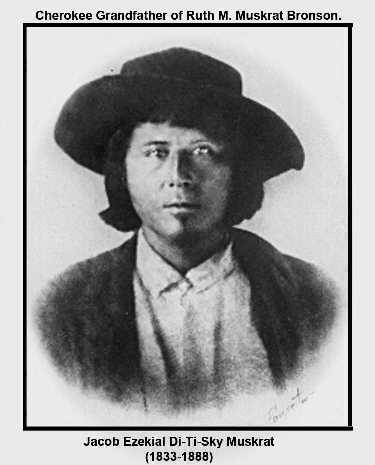
Jacob Ezekiel “Di-ti-sky” Muskrat, in Confederate
uniform.] Ruth's great grandfather fought in Stand Watie's Confederate
regiment. First Cherokee Mounted Volunteers (Watie's Regiment, Cherokee
Mounted Volunteers; 2d Regiment, Cherokee Mounted Rifles, Arkansas; 1st
Regiment, Cherokee Mounted Rifles or Riflemen
Ruth Muskrat Bronson’s Personal History:
Ruth was born in White Water, Delaware District, Indian
Territory (now Grove, Delaware County, Oklahoma) on 3 October 1897. The
1900 US Census for District 0016, Township 24, Cherokee Nation, Indian
Territory shows Ruth’s father to be farming, born in Indian Territory,
her mother keeping house and born in Missouri. Her younger sister Ruby
just four months of age.
The next Census, enumerated 1st September 1902 was one
of the routine Native American Enrollments which documented her to be
“Cherokee by blood,” Census Card number 4137, and assigned Dawes roll
number 24438.
Ruth was fortunate in being born in the Cherokee Nation
for this tribe valued education. The elders, recognizing the value of
the missionary schools established in the 1820’s, wrote into their
Constitution the funding and organization of a school system. According
to the website
http://www.cityofgroveok.gov/community/page/city-grove-history:
“By 1845, the Cherokee National Council had three Indian schools operating in the Delaware District.”
The first public school was built in 1904. Every few
years the town’s council managed to add to the school and improve its
facilities. This provided an excellent grounding in the basics: math,
English, literature, an introduction to the arts, and fuel for the
hungry and eager mind of Ruth Muskrat! For Ruth was geared to learn, to
achieve, to improve, and to hone her skills.
By 1911, her elementary, middle and high school
education had been completed successfully and Ruth had moved on to her
first level of higher education. At age fourteen, she was an avid and
popular student at the University Preparatory School at Tonkawa,
Oklahoma. In 1916, Ruth took first prize in the Poetry Contest with a
poem that would speak to the love she held for her tribe:
The Warrior’s Dance
Ruth Muskrat, ‘17
First Prize in Poetry Contest
With the droning hum
Of the low tom-tom,
And the steady beat of the many feet,
With the wild weird cry
Of the owl nearby
Came the night of the warrior’s dance.
With dark bronze faces,
And gorgeous laces,
With body straight and stately gait,
With black hair streaming,
And black eyes gleaming,
Came the warriors to the dance.
The moonlight beams,
The camp fire gleams,
The tall trees sigh as the wind rushes by;
The squaws smile in pride.
At their slow solemn stride,
As the warriors march in the dance.
There is happiness there,
Joy fills the air,
They have forgot their hapless lot,
They are kings once more,
As in days of yore,
As they swing to the warriors dance.
Another of her literary efforts was an ode to the new
State of Oklahoma, which she entitled, “Oklahoma as a Background for
Literature.” This essay speaks of her love of the land, its diversity of
topography, wildlife, the numerous waterways – lakes, creeks, and
streams – and the inspiration this beauty provides to writers. One can
get lost merely researching this young woman’s literary works; for at
the young age of nineteen, Ruth had already found her voice.
Ruth had a well-rounded personality. Her school record
is filled with her achievements: poetess, author, Vice-President of her
YWCA and an active member involved in donating Christmas gifts to needy
children, traveling as a delegate to assist in formulating activities
and the direction for the organization in the following year. She also
served as President of the Sorosis sorority in the same year.
Through her work for the Young Women’s Christian
Association, Ruth was chosen to spend a summer working with Mescalero
Apache youth in New Mexico. She had two years’ student teaching under
her belt by this time and was a vocal and enthusiastic advocate for not
merely memorializing the native culture, but a devotion to nurturing and
maintaining that culture in a harmonious blend with modern ways. This
would become Ruth’s life’s work: advocacy for the rights of Indians to
be Indians, yet to become flexible and knowledgeable of every advance in
education, philosophy, or methodology in all aspects of life.
Having exhibited her ability to absorb knowledge and
utilize that knowledge in innovative ways, Ruth received a scholarship
for the University of Kansas, where she attended for three semesters,
before accepting a scholarship for the University of Oklahoma. At
Lawrence, she was a member of the Pen and Scroll Club, a literary
organization. Her time at university was well spent. She forged ahead,
hungry for more knowledge and solidifying her philosophy concerning her
beloved Indian culture. Ruth’s successes with the Apache youth prompted
the YWCA to select her in the Fall of 1922 to be their envoy and
representative of the North American Indian at a conference held in
Peiping, China.

Ruth Muskrat Bronson - AP News article re Trip to China for YWCA 31 Mar 1922, p5-1
Upon her return from China, she was granted yet another
scholarship – this time to Mount Holyoke College in South Hadley,
Massachusetts, which she attended from 1923 until her graduation in
1925. She is recognized as one of the school’s most honored and
distinguished alumna. From the book, Heritage of the Hills – A Delaware
County History, comes the following:
During her junior year at Mount Holyoke, she was chosen to
present President Coolidge with a copy of a book entitled "The Red Man
in the United States" by G.E. Lindquist. The book is the story of the
Red Man's struggles, tragedies, victories and developments. The beaded
book cover symbolizes the story of the old type Indian and the new. It
was beaded by a Cheyenne woman Na-Nah-Na whose name means Fish Woman.
The buckskin costume Ruth wore was fashioned by Fish Woman in Oklahoma
under the direction of Rose Kincaide, Supertintendent of Mohonn Lodge at
Colony, established to encourage Indian crafts. Alice Antelope made the
beaded moccasins. Alice Lester, a Mescalero-Apache, wove the head band.
There was also a book mark made of tiny arrowheads, a proud gift of Jim
Wilson of Tahlequah.
The presentation was made
with such force and clarity that the Chief Executive invited her to take
lunch with him and Mrs. Coolidge.
Mount Holyoke chose to honor Ruth in 2016 as one of their
most competent alumna, one who best utilized the knowledge and skills
gained through her time at that institution of learning. The following
excerpt was published on their website and may best verbalize one of
Ruth’s crowning achievements:
For the upcoming Indigenous Peoples Day, the Archives and
Special Collections has decided to feature Ruth Muskrat, a Cherokee
Indian-Irish student from the class of 1925. (An excerpt):
At the age of ten, she witnessed an Oklahoma statehood
movement that dissolved Cherokee national institutions, divided up the
Cherokee estate, and replaced Cherokee citizenship with United States
citizenship. This experience would solidify her philosophy of Indian
cultural survival–she insisted that American Indians had a legitimate,
legal claim to both a tribal identity and an American identity. She
strongly believed in cultivating a new generation of Indian leaders and
that viable solutions to Indian problems could only be found by Indians
themselves. She presented her philosophy of Indian leadership to a
prominent Committee of Indian rights activists known as the Committee of
One Hundred during their meeting with President Calvin Coolidge in
1923. (SOURCE: Mount Holyoke College archives:
http://mhc-asc.tumblr.com/)
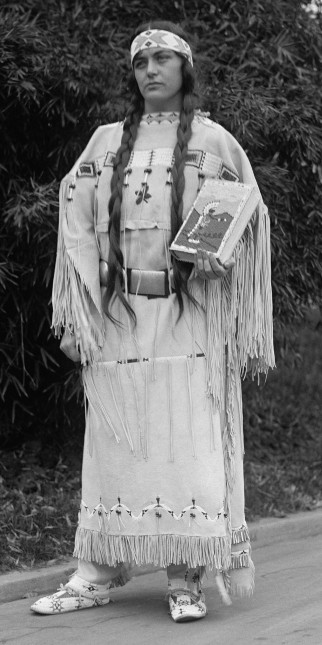
Portrait of Ruth Muskrat in Cherokee Indian attire: Five College Compass Digital Collections: circa 1923-1925
From Wikipedia:
The
trip, which also included stops in "Hawaii, Manchuria, Japan, Korea and
Hong Kong" brought Muskrat to the attention of the international press
and awoke in her a desire for racial equality. The following year, she
delivered an appeal to the United States government for better
educational facilities for Native Americans. The presentation was part
of a gathering of Native American leaders, known as the "Committee of
One Hundred" to advise the president on American Indian policy. Muskrat
advocated for Indians to be involved in solving their own problems.
Moved by her speech, President Calvin Coolidge and his wife, Grace,
invited Muskrat to lunch with them.
President Calvin Coolidge presented with a book written by
G. E. E. Linquist titled “The Red Man In The United States” (1919). Ruth
Muskrat Bronson (center) making the presentation to President Calvin
Coolidge on behalf of “The Committee of One Hundred” with Rev. Sherman
Coolidge (right), December, 1923. // Credit: Public Domain
RuthwPresidentCalvinCoolidge-Dec-1923
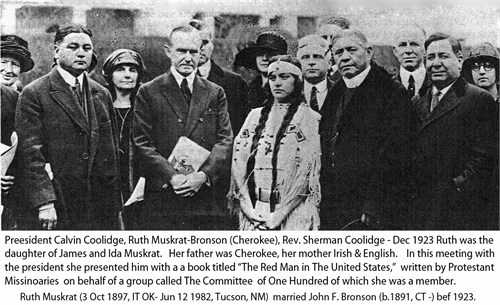
Ruth Muskrat with President Calvin Coolidge Dec 1923
Upon graduation from Mount Holyoke, Ruth accepted a
position at Haskell Indian Institute in Lawrence, where she taught
English and Literature and served one year as Registrar.
At the end of her first year there, she was awarded the Henry G.
Morgenthau $1,000 award for the senior who had accomplished the most
their first year out of college. (SOURCE: Heritage of the Hills, ibid)
Ruth’s distinguished career is detailed in Wikipedia.
It is the summation of this remarkable woman’s remarkable life: After
marrying John F. Bronson in 1928, they adopted a native girl. This is
the only child of their union. Ruth continued to be active in her
career, steadily gaining more recognition for her outstanding talents
and her passion for the causes she championed. When the Bureau of Indian
Affairs (BIA) created a new program “to improve educational
opportunities for Native Americans,” Bronson was appointed its first
Guidance and Placement Officer. From 1931 to 1943, Ruth served in this
capacity at the BIA. During her tenure she received numerous awards. In
1937, the Indian Achievement Medal of the Indian Council Fire, first
nominated for the award in its inaugural year (1933), she was only the
second woman to receive the award.
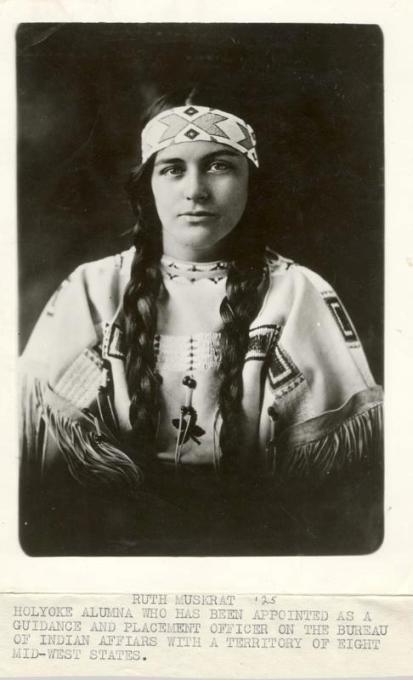
"Ruth Muskrat, ’25. Holyoke alumna who has been
appointed as a Guidance and Placement Officer on the Bureau of Indian
Affairs with a territory of eight mid-West states."
Along with the numerous poems published by Ruth, she also
wrote and published a number of books and articles, including her most
famous Indians are People Too (1944), The Church in Indian Life (1945)
and Shall We Repeat Indian History in Alaska? (1947).
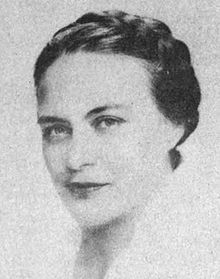
Ruth Muskrat Bronson - 1947
From Wikipedia:
“In
1945, Bronson began working with the National Congress of American
Indians (NCAI) and soon emerged as a leader. She was appointed as the
executive secretary of the organization and spent a decade monitoring
legislative issues. She established the NCAI's legislative news service
and spoke at various tribal meetings throughout the country, promoting
Native American progress. Some of the issues Bronson was involved with
at the NCAI were the debates over native water rights along the Colorado
River, native rights in the Territory of Alaska, and medical care for
American Indians. After ten years of serving as executive secretary, in
1955, Bronson was elected as treasurer of the NCAI , but she was
tired of the contentiousness of national politics and began focusing
more on ways to work with local communities.
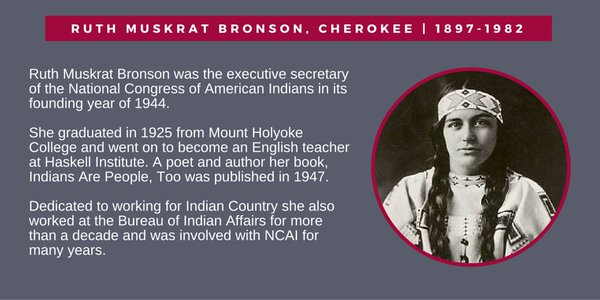
Ruth Muskrat Bronson - Exec Secretary, National Congress of American Indians, founded 1944
In 1957, Bronson moved to Arizona and became a health
education specialist at the San Carlos Apache Indian Reservation for the
Indian Health Service. During the same period, she served as a vice
president of the philanthropic ARROW Organization. She managed the
education loan and scholarship fund of the organization, as well as
advising tribes on community development. In 1962, Bronson was awarded
the Oveta Culp Hobby Service Award from the Department of Health,
Education and Welfare for her work serving Native Americans and retired
from government service, moving to Tucson. In 1963, Bronson became the
national program chairman of the Community Development Foundation’s
American Indian section. The organization operated under the umbrella of
the Save the Children Federation. After a stroke in 1972, Bronson
slowed, but did not stop her activism for Native Americans to be allowed
to determine their own development and leadership programs. In 1978,
Bronson was one of the recipients of the National Indian Child
Conference's merit award for commitment to improving children's quality
of life.”
On 12 June 1982, Ruth Margaret Muskrat Bronson departed
this life to return to the spiritual world of her ancestors. She was in a
nursing home in Tucson, Arizona, when she passed beyond the veil.
Newspapers around the world carried the news of this passionate
advocate’s death, one of them being The New York Times. A link for the
obituary published by The Times on 24 June 1982 follows:
http://www.nytimes.com/1982/06/24/obituaries/ruth-muskrat-bronson-84-a-specialist-in-indian-affairs.html
Researched and Compiled by Melinda Cohenour
Click on author's byline for bio and list of other works published by Pencil Stubs Online.
